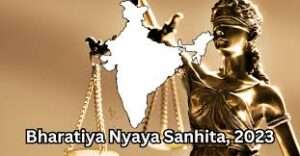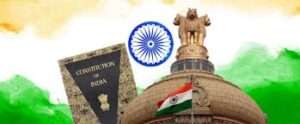
Introduction
The Gaganyaan mission, India’s first human space flight program, is an important topic for the UPSC exam, particularly in the science and technology section. Indian space missions hold significance from both the IAS Prelims and Mains perspectives. In this article, you will find comprehensive information about the Gaganyaan Mission for the IAS exam.
Gaganyaan Mission Latest Updates
ISRO recently conducted recovery trials for the Gaganyaan mission in collaboration with the Indian Navy at the latter’s Water Survival Test Facility (WSTF) located in Kochi. The crucial final step of the manned space mission is crew recovery. In the case of Gaganyaan, the recovery process will be carried out in Indian waters by various agencies, with the Indian Navy leading the endeavor. Given the time-sensitive nature of the recovery, it needs to be executed swiftly and without any lapses. Therefore, extensive trials, preparations, and the finalization of Standard Operating Procedures (SOPs) are being conducted to ensure that all stakeholders understand their roles in the process.
Understanding the Water Survival Test Facility (WSTF)
The WSTF is a state-of-the-art facility operated by the Indian Navy. Its primary purpose is to train aircrew members on how to escape from a ditched flight under various crash scenarios and weather conditions. It has the capability to simulate any sea conditions, environmental factors, time of day, and other relevant parameters to ensure that the crew is well-prepared for any circumstance they may encounter.
Exploring Gaganyaan: India’s Milestone Mission
Gaganyaan is a mission undertaken by the Indian Space Research Organisation (ISRO) with the aim of sending a three-member crew to space for a duration of five to seven days by the year 2022. This ambitious space mission was announced for the first time by Prime Minister Narendra Modi in his Independence Day address to the nation in 2018. As part of the Gaganyaan mission, ISRO plans to launch two unmanned missions to space.
The first unmanned mission, initially scheduled for December 2020, has faced delays due to the disruption caused by the coronavirus pandemic. The second unmanned mission was supposed to follow in June 2021. The Gaganyaan spacecraft will be placed in a low earth orbit (LEO) at an altitude of 300-400 kilometers. The estimated total cost of the program is around Rs. 10,000 crore. If successful, India will become the fourth country, after the US, Russia, and China, to send humans to space.
The Impact of Gaganyaan
The success of the Gaganyaan mission has the potential to pave the way for numerous future experiments and spaceflight missions. Additionally, it will give a significant boost to India’s aspirations of setting up its own space station, marking a significant milestone in the country’s space exploration journey.
Gaganyaan Spacecraft & Launch vehicle
The Gaganyaan spacecraft consists of two modules: the service module and the crew module, which together form the Orbital Module. The Geosynchronous Satellite Launch Vehicle GSLV Mk III will serve as the launch vehicle for this mission. With its required payload capacity, GSLV Mk III is well-equipped to facilitate the Gaganyaan mission. Detailed information about the GSLV Mk III can be found in the linked article.
Human Space Flight: Journey to the Low Earth Orbit
The human spaceflight of Gaganyaan is expected to take approximately 16 minutes to reach the targeted low earth orbit. The three astronauts will embark on their space voyage in the crew module, which has a diameter of 3.7 meters and a height of 7 meters. The Vikram Sarabhai Space Centre, Thiruvananthapuram, has designed the astronauts’ orange space suits. These suits can hold one oxygen cylinder, allowing the astronauts to breathe in space for up to an hour. During the mission, the spacecraft will complete one rotation around the Earth every 90 minutes.







